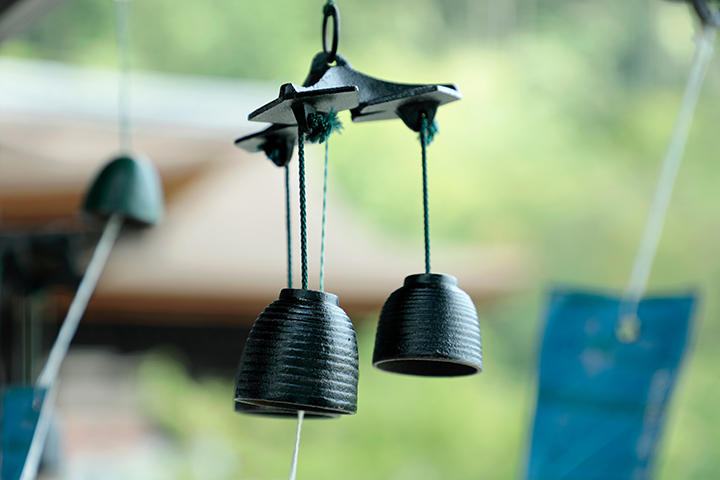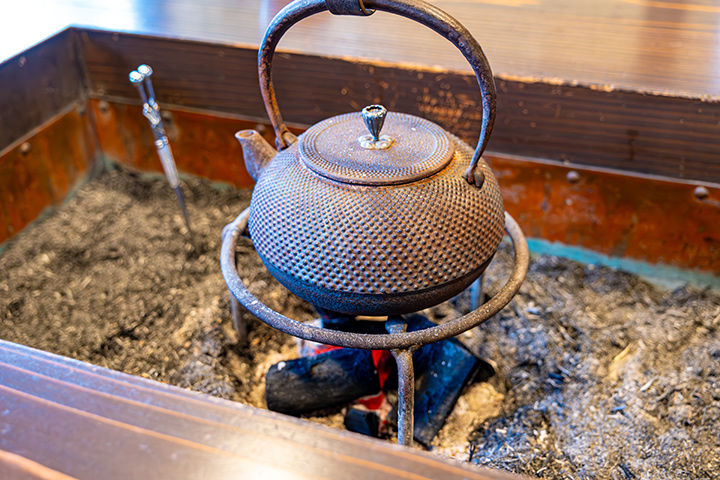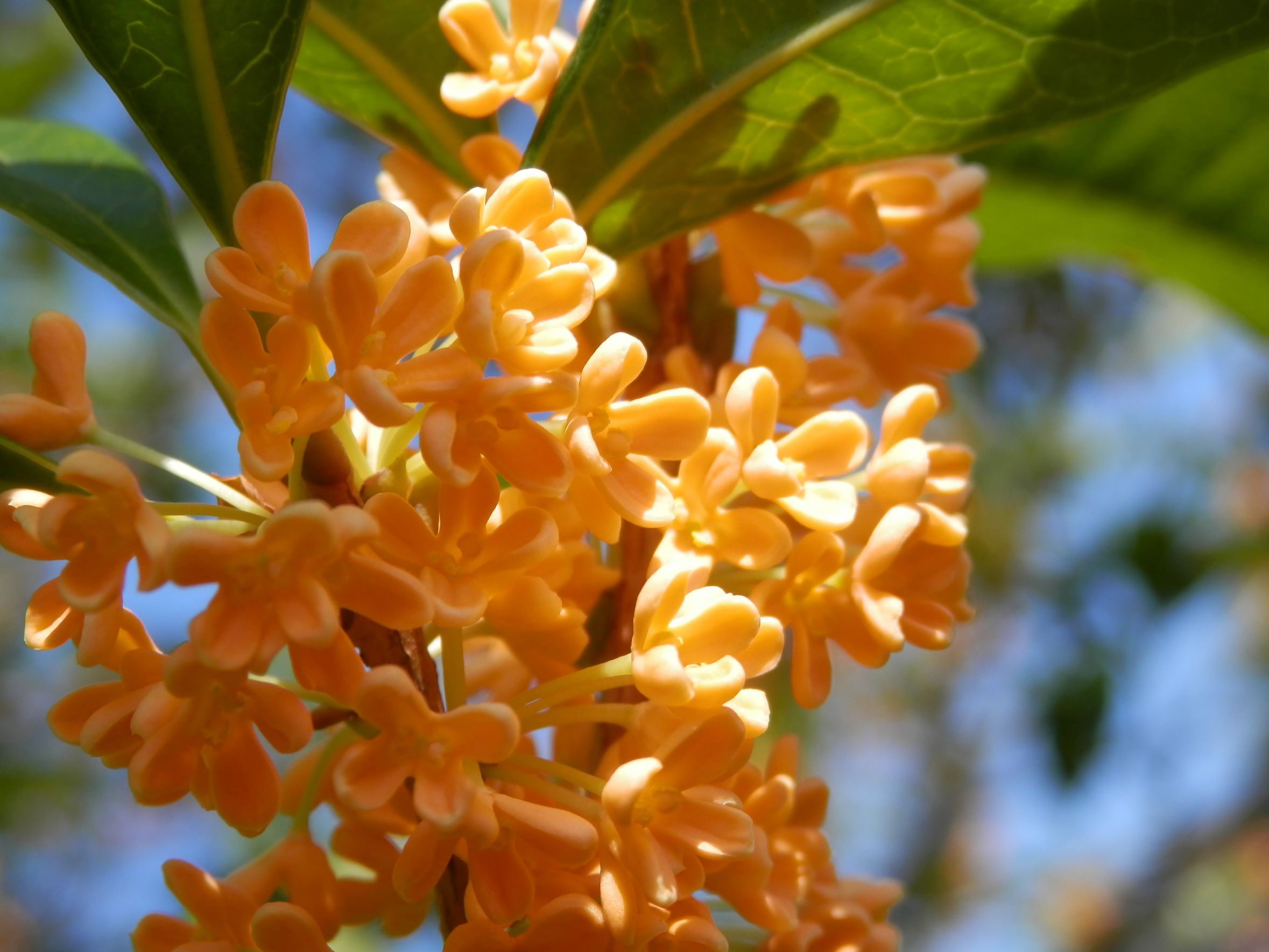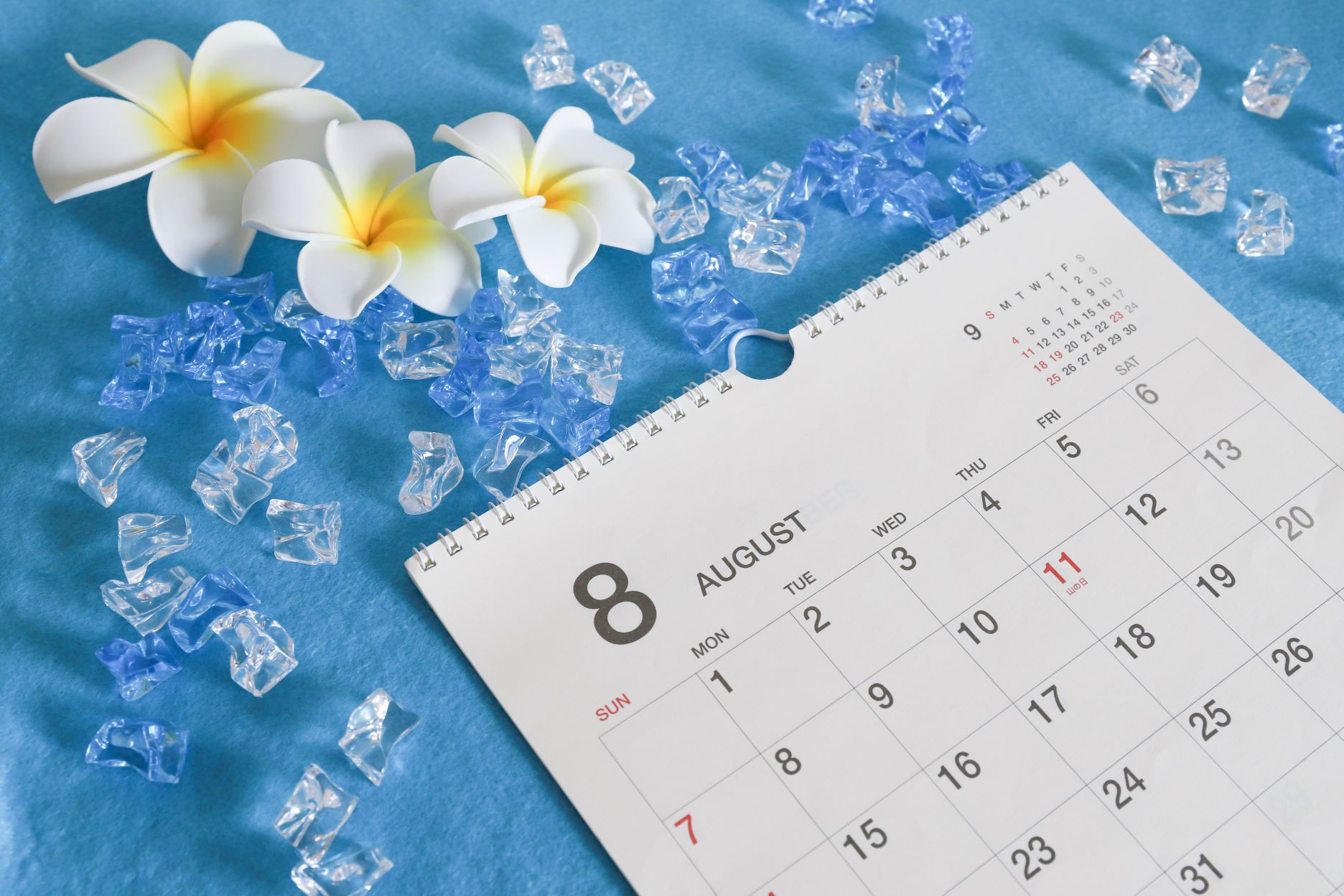Originating in the Edo period and cherished for nearly 400 years, Nambu Ironware continues to thrive in Morioka and Oshu cities in Iwate Prefecture. From the iconic iron kettles to skillets and trivets, these ironware products are still widely produced today. This article delves into the allure of Nambu Ironware, focusing on iron kettles, along with tips for maintenance and interesting facts.

Enhance Your Water and Cooking: Benefits and Fun Facts About Nambu Iron Kettles
Water Becomes Smoother and Tastier
It's commonly believed that water boiled in a Nambu iron kettle has a smoother taste. This is because the iron absorbs chlorine from the water. To achieve this, fill the kettle with water, bring it to a boil, remove the lid, and let it simmer on low heat for about 10 minutes. Regular users of Nambu iron kettles often report that not only plain hot water but also coffee, tea, and instant soups taste better. The iron pots are also perfect for hearty soups and stews.
Helps with Iron Intake
Most Nambu ironware is uncoated on the inside, allowing iron to leach into the water when boiled. This leached iron is known to be ferrous iron (heme iron), which is easily absorbed by the body, making it beneficial for supplementing iron and preventing anemia.
High Heat Retention
Due to their thickness, Nambu ironware retains heat well once heated, ensuring even cooking without temperature fluctuations.
Iron Kettles Have a Front and Back
The spout of a Nambu iron kettle is considered the "front" when it faces right. This design is intended for hospitality, allowing the host to pour with the right hand while presenting the front to the guest.
Unique Boiling Sounds
While Nambu iron wind chimes are known for their clear, high-pitched sounds, did you know that each iron kettle also has a unique boiling sound? Though you might not have the chance to compare, the sound is distinct from that of stainless steel kettles or electric pots. Next time you boil water in a Nambu iron kettle, take a moment to listen.
Care Instructions for Nambu Iron Kettles
Owning a Nambu iron kettle is a dream for many, but its price can make some hesitant, wondering if they can properly maintain it. Here are some simple care tips you can follow at home.
Start with
Rinse the kettle lightly with water, fill it up to 80% with water, and heat it on medium. Once it boils, discard the water and repeat this process 2-3 times. This "seasoning" process helps calcium and magnesium in the water crystallize and form a white film inside the kettle, known as "yua-ka," which prevents rust.
For iron pots and skillets, lightly wash them, dry them, apply oil, and heat them empty to season the entire surface with oil.
Basic Care
Don't Leave It Wet: Since Nambu iron kettles are uncoated inside, leaving water in them for long periods can cause rust and cloudy water. After use, always empty the kettle, remove the lid, and dry it with residual heat or lightly heat it until completely dry. However, overheating can cause damage, so heat it for about 30 seconds and then let residual heat dry it.
Avoid Scrubbing with Brushes
Generally, avoid touching the inside of the kettle. Scrubbing the inside with brushes or sponges can remove the yua-ka. Clean the exterior with a dry cloth.
If Rust or Cloudy Water Appears, Boil Green Tea
If the inside of the kettle becomes rusty and the boiled water is cloudy or has a metallic smell, green tea can help. Rinse the kettle, fill it up to 80% with water, and boil it with a tea bag containing about one teaspoon of green tea for 30 minutes. The tannin in the tea reacts with the iron, and after boiling, the water may have a slight color but will be clear and odor-free, ready for regular use.
Rust itself is mostly harmless, and if the water isn't cloudy, you can continue using the kettle. Scrubbing rust with a brush can worsen it, so be cautious.
Secret to Longevity
Use It Daily: Storing the kettle away can cause rust. Regular use helps more yua-ka form, so it's best to use it daily for boiling water like a regular kettle or pot. If you must store it for a long time, keep it in a well-ventilated area.
Summary
These care tips focus on the common Nambu iron kettle. Each kettle is handcrafted by artisans and can usually be repaired. If rust becomes severe or you encounter issues, consult the manufacturer.











